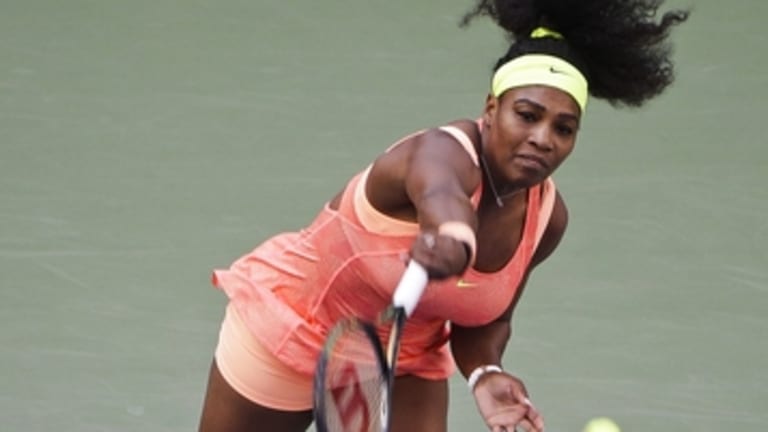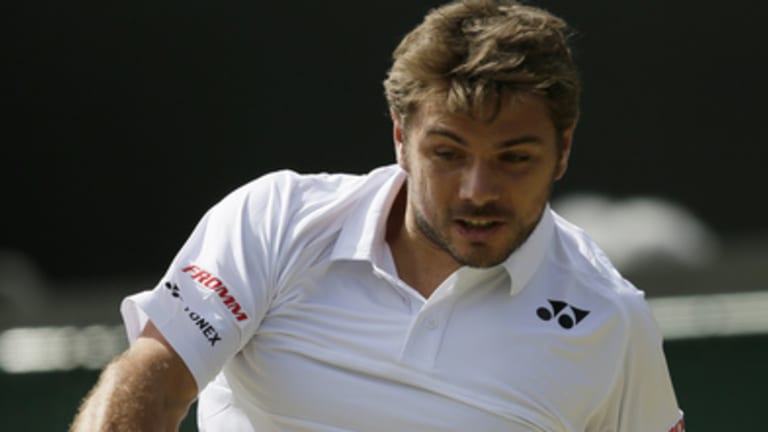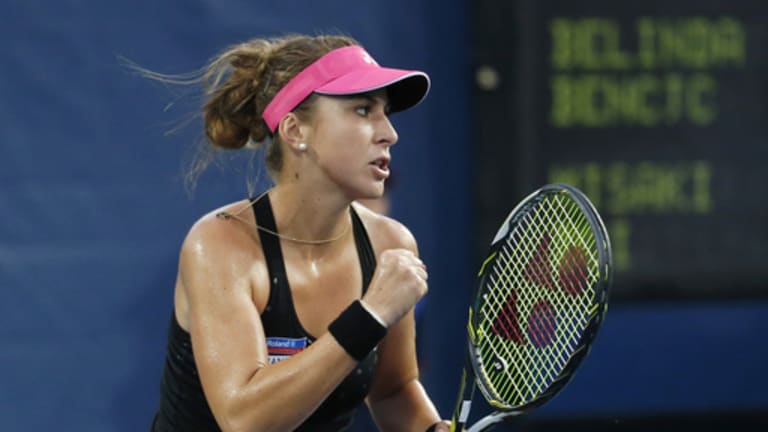“Thiem Surges into St. Petersburg Semis”
“Cibulkova Has Ivanovic’s Number Again”
As of 10:30 A.M. in New York on Friday, these were the lead stories on the ATP’s and WTA’s respective websites. As far as headlines go, neither qualifies as banner-level stuff. Instead, they serve as a reminder of what stage of the season we’ve reached. Fall has officially arrived for tennis fans—not with a whimper, exactly, but certainly not with a bang, either.
Traditionally, “fall” was a code word in tennis. It meant, roughly, “The season is obviously too long, but there are still tournaments to be played and money to be made, so what are we going to do, not watch?” That’s not as true as it once was; over the last five years, both tours have helped make the fall more palatable by shortening it a bit. Still, because it doesn’t lead to a major, and because a good deal of it is played in Asia, this is the easiest stretch for Western TV networks to ignore and casual fans to tune out. Often, when players do their losing press conferences at the U.S. Open, they have to remind the non-tennis journalists in the audience that, no, the season is not over, and that, yes, they really do have tournaments to play before next year’s Australian Open.
Those of us who don’t forget about tennis as soon as the last ball is struck at Flushing Meadows know there’s plenty to reward our time and interest in the coming months. In 2014, we saw Roger Federer and Stan Wawrinka nearly come to blows in London before leading Switzerland to its first Davis Cup title a week later. We saw the WTA successfully establish its year-end championships in Singapore. We saw Novak Djokovic lock down the No. 1 ranking, and set the stage for his blockbuster 2015, by winning three of four events. And, as always, a fair number of the best matches of 2014 were played in its closing weeks. Petra Kvitova-Angelique Kerber in Fed Cup, Federer-Wawrinka at the World Tour Finals, Serena Williams-Caroline Wozniacki in Singapore: Those alone were worth the price of fall admission.


